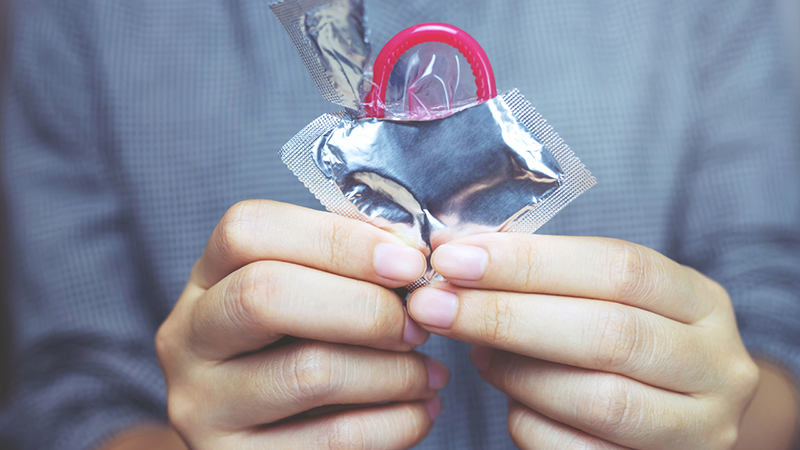The Myth of "Waterproof" Condoms
While condoms are barrier devices, their latex material isn't inherently waterproof for aquatic use. Sex in water environments (pools, hot tubs, showers) challenges condom reliability despite common assumptions.

Understanding "Waterproof" in Context
Latex Limitations: Prolonged water exposure risks slippage, water infiltration, and material degradation from chlorine/heat.
Material Matters:
Polyurethane condoms offer superior water resistance and compatibility with all lubes.
"Shower-friendly" branded options exist but lack robust evidence.
Research Gap: Minimal scientific data supports condom safety during aquatic sex. Manufacturers caution against water use due to failure risks.
Risks by Environment
Critical Failure Risks in Water
Slippage: Water ingress expands condom interior; lack of natural lubrication increases displacement.
Material Breakdown: Chlorine and heat compromise latex integrity.
Lubrication Loss: Water dilutes or washes away lubricants rapidly.
Safety Protocols
Alternative Protection: Internal ("female") polyurethane condoms resist water better and stay positioned.
Lubrication: Silicone-based lube maintains effectiveness in water.
Activity Adjustment: Restrict penetration to brief intervals; move foreplay to water, sex to land.
Hygiene: Avoid bacteria-prone settings (lakes, hot tubs) to prevent UTIs/yeast infections.
Condom Checks: Verify expiration dates and proper storage (cool/dry).
Fertility & STI Facts
Myth Busting:
Water doesn't kill sperm or prevent pregnancy/STIs.
STIs require person-to-person contact (not waterborne transmission).
Heat Impact: Hot tubs may temporarily reduce sperm quality but don't eliminate pregnancy risk.
Essential Protection: Condoms remain critical for pregnancy/STI prevention even in water—prioritize integrity checks.